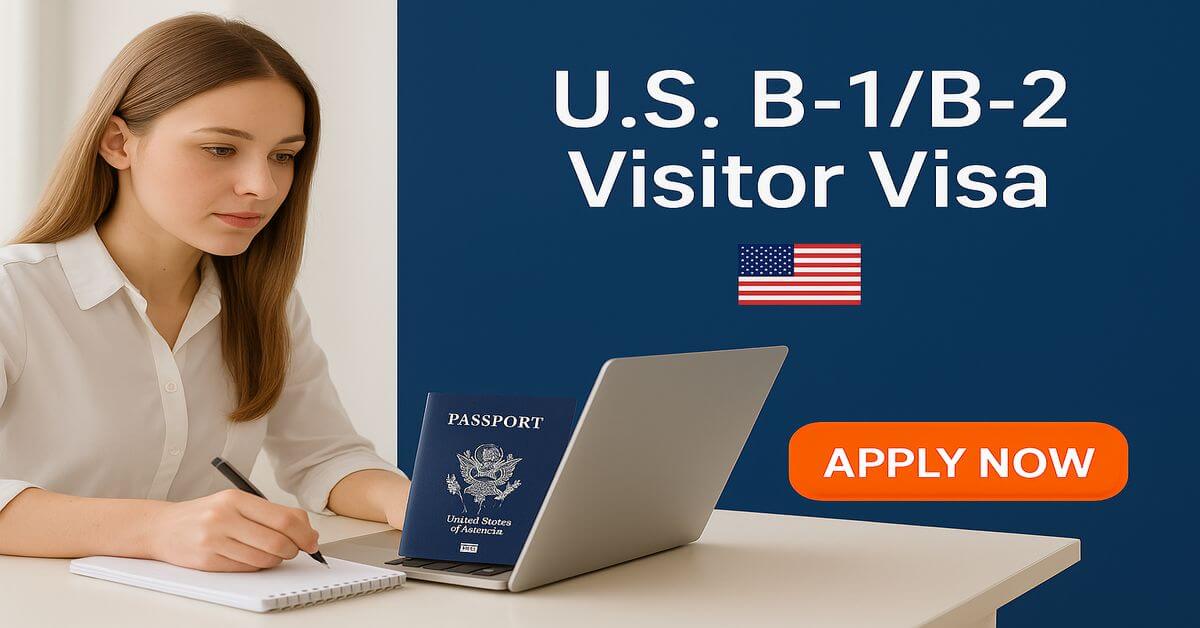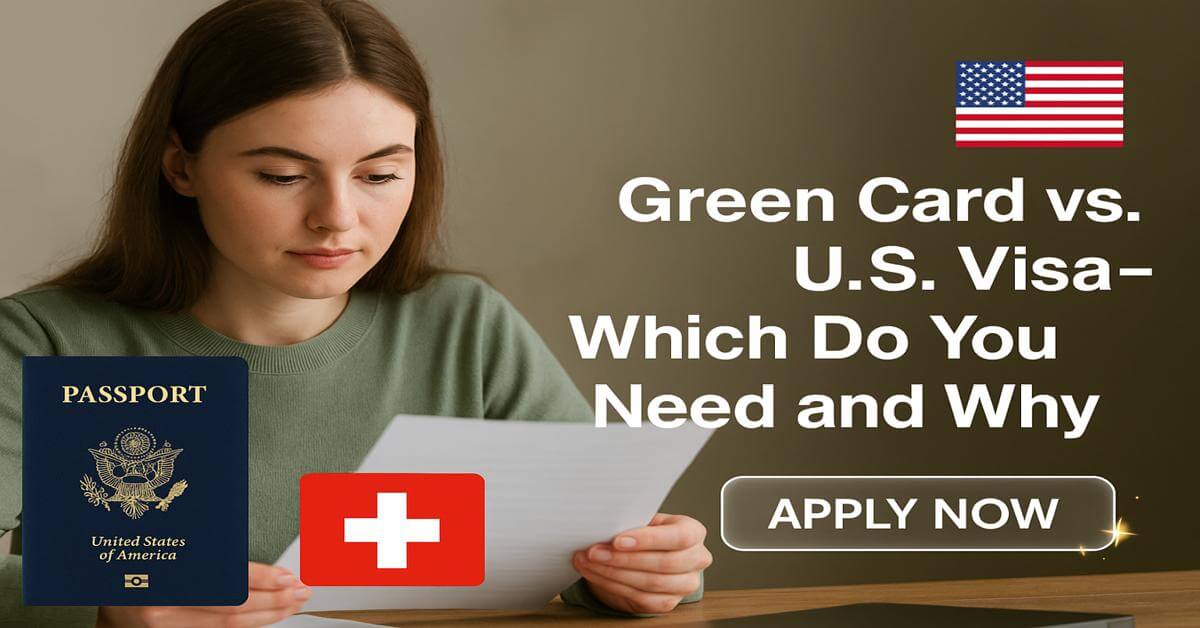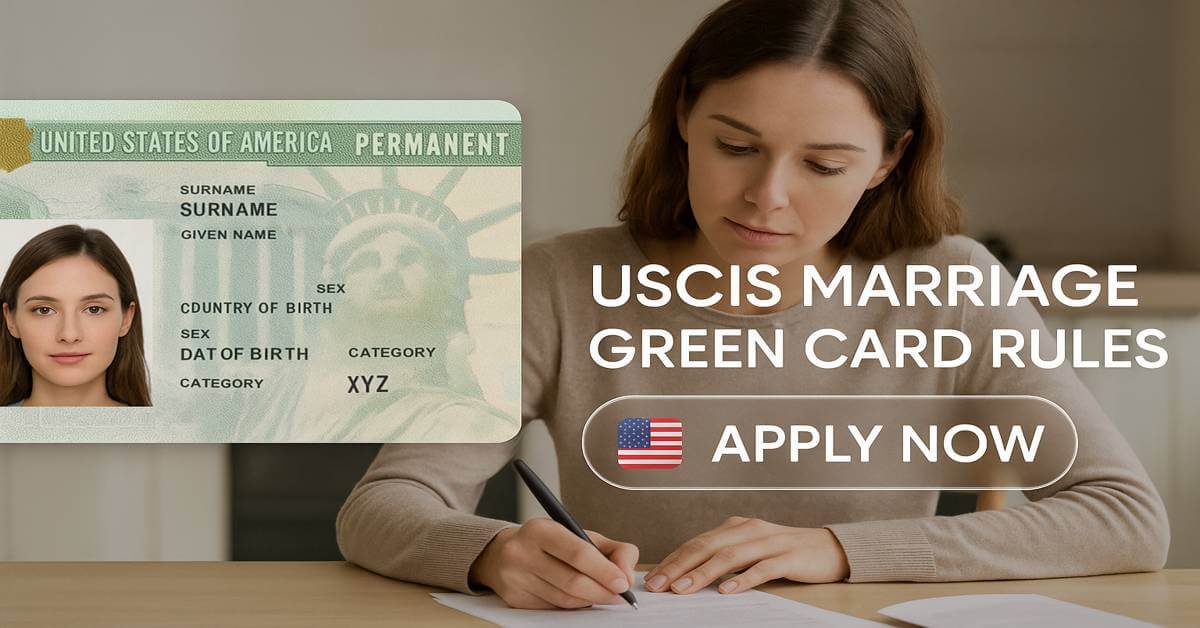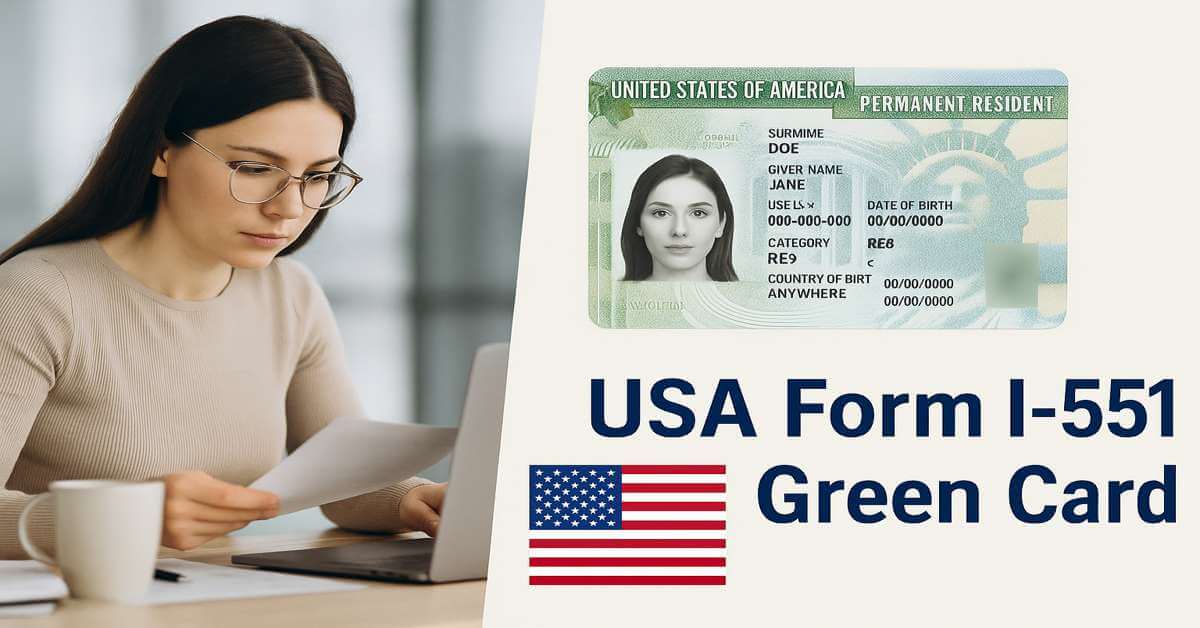A B-1/B-2 visa is a non-immigrant U.S. visa designed for temporary visits related to business (B-1), tourism, or medical treatment (B-2). Often issued as a combined B1/B2 visa, it is one of the most commonly used visitor visas for short-term travel to the United States.
B-1 / B-2 Visa Details:
- B-1 Visa: Business activities (e.g., conferences, contract negotiations).
- B-2 Visa: Tourism, visiting family, or medical treatment.
- Validity: Often up to 10 years (subject to your country’s reciprocity rules).
- Duration of Stay: Usually up to 6 months per entry; extensions may be granted in specific situations.
- Multiple Entries: Allowed, but frequent or extended visits can raise red flags with U.S. border officials.
Differences Between B-1 and B-2:
| Visa Type | Purpose |
|---|---|
| B-1 | Business meetings, conferences, estate settlements, licensing exams |
| B-2 | Tourism, visiting relatives, attending social events, non-paid contests, short medical treatment |
Note: Most travelers receive a combined B1/B2 visa.
Visa Requirements:
To qualify for a B1/B2 visa, you must:
- Show intent to return to your home country.
- Prove financial ability to support your trip.
- Provide a legitimate reason for your visit.
- Demonstrate ties to your home country (job, family, property, etc.).
Things to Avoid while using B1/B2 Visa:
- Study or enroll in a full-time course.
- Work or be employed by a U.S. company.
- Perform paid services or professional work.
- Work as a crew member or journalist.
- Live in the U.S. permanently.
Clarification: You may attend job interviews while in the U.S. on a B1/B2 visa, but you cannot accept employment or actively apply for jobs unless you change your visa status.
Required Documents:
- Valid passport (at least 6 months beyond intended return date)
- Digital photo (per U.S. requirements)
- DS-160 confirmation page
- Receipt of MRV visa application fee payment
- Proof of funds and travel intent
- Evidence of ties to home country
Visa Application Process:
- Complete DS-160 Form online
- Pay the visa fee ($185)
- Schedule and attend a visa interview at your nearest U.S. embassy or consulate
- Provide biometrics (digital fingerprints)
- Await decision
Boundless Tip: You may schedule your visa interview in a third country, but wait times may be longer.
Read Also: Letter of Invitation for U.S. Travel Visa – How to Write
Visa Processing Time:
- Processing times vary by embassy/consulate: from 7 days to over 2 years
- Use the U.S. Department of State tool to check wait times in your area.
Visa Cost:
- Application Fee: $185 (non-refundable)
- Other expenses: Document prep, translation, travel for interviews, passport photo, etc.
Time Limit:
There is no official limit, but each entry is judged individually. Frequent or extended use may result in extra scrutiny. The visa is meant for occasional travel — not long-term residence.
Visa Extention:
Yes, but with conditions:
- Extension: You must file Form I-539 with USCIS before your stay expires.
- Change of Status: Possible if your plans change — e.g., to a student (F-1) or work visa (H-1B) — but must meet eligibility requirements.
Important: If you violate visa terms (e.g., work without authorization), change of status is usually denied.
Benefits:
- Multiple Entry Validity: Allows you to enter the U.S. multiple times during the visa validity period, typically up to 10 years.
- Flexible Stay Duration: Stay up to 6 months per visit with potential extensions in certain cases.
- Business Opportunities: Attend meetings, conferences, contract negotiations, and other professional activities without work authorization.
- Tourism and Family Visits: Visit famous landmarks, explore U.S. culture, and spend time with family or friends.
- Medical Treatment Access: Travel for specialized or urgent medical care not available in your home country.
- Short-Term Courses Allowed: Participate in recreational or short courses (less than 18 hours per week).
- No Employment Required: Ideal for those not seeking long-term employment but need temporary access for business or tourism.
- Widely Available: The visa is accessible to applicants worldwide with a structured application and interview process.
- Potential Pathway for Status Change: Possibility to apply for adjustment of status under qualifying circumstances, such as marriage to a U.S. citizen.
- Visa Waiver Program Alternative: For nationals outside the Visa Waiver Program, the B visa offers a formal route to enter the U.S. for short visits.
- Supports Diverse Purposes: Combines both business and tourism in a single visa, providing travel flexibility.
Visa for Canadians and Waiver Countries:
- Canadians: Generally do not need a B visa for tourism or short business trips.
- Visa Waiver Program (VWP): Citizens from 40+ countries can visit for up to 90 days without a visa. Must apply through ESTA.
Frequently Asked Questions:
Is the B-1/B-2 visa multiple-entry?
Yes. A B-1/B-2 visa typically allows multiple entries within its validity period (often up to 10 years), subject to Customs and Border Protection (CBP) officer discretion at entry.
How long can I stay in the U.S. with a B-1/B-2 visa?
You can stay for up to 180 days (6 months) per visit. Extensions may be possible in certain cases, but you must apply before your current stay expires.
What is the B-1/B-2 visa used for?
The B-1 visa is for short-term business visits (meetings, conferences, contract negotiations), while the B-2 visa is for tourism, visiting family, or medical treatment. Most applicants receive a combined B-1/B-2 visa.






